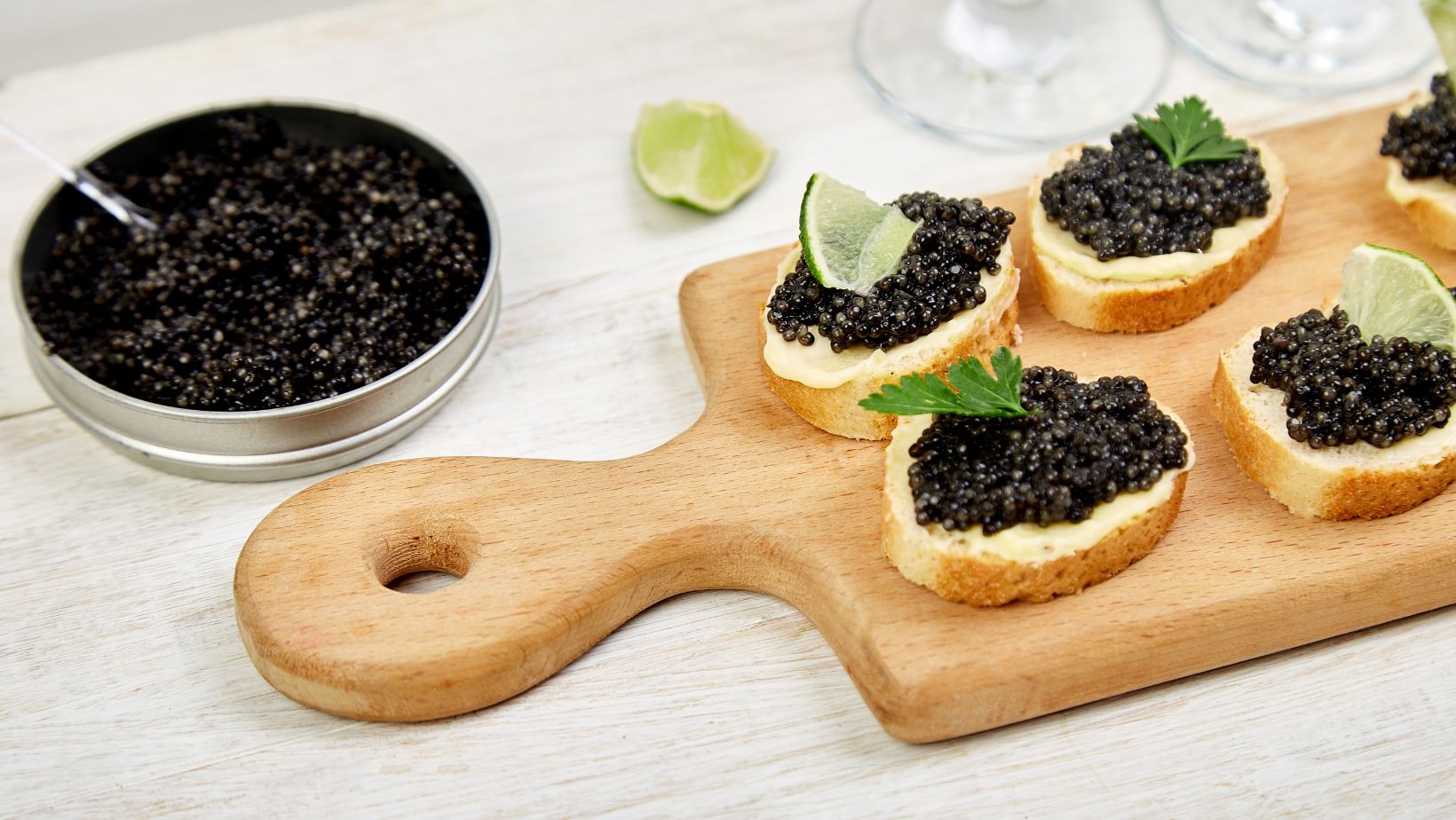How to Identify High-Quality Caviar: The Guide

Regarding luxury food items, caviar is undoubtedly one of the most sought-after delicacies in the world. However, not all caviars are created equal. High-quality caviar can be quite expensive, so it’s important to know what to look for when making a purchase from a quality caviar seller. In this article, we will explore how to tell if caviar is high quality.
One of the most important factors to consider when evaluating the quality of caviar is the appearance of the eggs. High-quality caviar should have distinct, separate eggs that are round and lustrous in appearance. The eggs should also be firm and plump, with a glossy sheen. Any caviar that appears dull or discolored should be avoided, as it is likely of poor quality.
Another important factor to consider when evaluating the quality of caviar is the taste and texture. The eggs should have a buttery, melt-in-your-mouth flavor that is not overpoweringly fishy. They should also roll and pop in the mouth, releasing their flavor and texture. If the eggs are too soft or mushy, it may be an indication of low quality or poor handling.
Unveil the secrets to identifying top-tier caviar with this guide, an essential read for those looking to order caviar online. Learn about discerning the quality, texture, and taste of caviar, ensuring each purchase is nothing short of exquisite. Perfect for connoisseurs and novices alike, this guide demystifies the luxury of caviar.
Understanding Caviar
Caviar is a delicacy that has been enjoyed for centuries, and it is considered a luxury food item. It is made of fish eggs, also known as roe, which are harvested from different species of fish. The most popular species used for caviar production are sturgeon, salmon, beluga, osetra, kaluga, and paddlefish.
Sturgeon caviar is considered the most prestigious and expensive, as it has a unique flavor and texture. Beluga caviar, which comes from the beluga sturgeon, is the rarest and most expensive of all caviars. Osetra caviar, which comes from the Osetra sturgeon, is also highly prized for its nutty and buttery flavor.
When buying caviar, it is important to understand the different types and grades available. Caviar is graded based on its quality, size, color, texture, and flavor. The highest grade of caviar is known as “Malossol,” which means “little salt” in Russian. This grade of caviar is made with minimal salt and has a delicate flavor.
Caviar can be served in a variety of ways, including on its own, with toast points, or as a garnish for other dishes. It is important to handle caviar with care, as it is a delicate food item that can spoil easily. Caviar should be stored at a temperature between 26 and 32 degrees Fahrenheit and should be consumed within a few days of opening.

Taste And Texture
When it comes to caviar, taste and texture are two of the most important factors to consider when determining its quality. High-quality caviar should have a delicate, buttery flavor that is not too overpowering. The texture should be firm and plump, with each individual egg bursting with flavor when bitten into.
In terms of taste, caviar should have a slightly briny taste that is not too salty. It should also have a rich, nutty flavor that is not too fishy. The taste should linger on the palate, leaving a pleasant aftertaste.
As for texture, high-quality caviar should have eggs that are firm and plump, with a glossy appearance. If the caviar looks wrinkled or mushy, it’s likely not fresh. The eggs should have a slight pop when bitten into but should not be too hard or too soft.

Conclusion
Caviar, a renowned delicacy often linked with luxury, can be enjoyed at home with the correct understanding of its qualities and storage. High-quality caviar exhibits a mild, slightly salty aroma, distinct beads, and a lustrous appearance, offering a subtle oceanic flavor rather than an overly fishy one.
It’s critical to distinguish between types such as Osetra, known for its golden hue and uniform-sized eggs, and Beluga recognized for its large, soft eggs with a creamy texture and buttery, nutty taste. Proper storage involves keeping it in a cool, dry place, ideally in the refrigerator, without exposure to air or light.
While caviar is nutritionally rich in protein, omega-3 fatty acids, and vitamin B12, its high sodium content calls for moderate consumption. By understanding these aspects, one can relish the exquisite taste and elegance of high-quality caviar.


